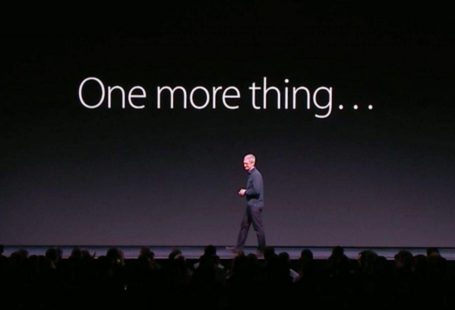As an owner of a Google Cardboard model, I had doubts about how Samsung Gear VR could really make a difference when the experience should depend more on the mobile phone than on the mobile VR glasses themselves.
In fact, to me the Samsung Gear VR weren’t nothing else than a expensive, pretty version of the Google Cardboard, by I was wrong. On a recent poll in Reddit, some users pointed out the big differences:
- Better optics
- Better field of view
- Better head orientation / tracking (custom sensor vs under-optimized phone sensors when you use Cardboard)
- Low persistence (reduced blur)
- Low latency (OS level changes in Samsung phones made by Oculus)
- High quality lenses
- Inbuilt ventilation ducts to prevent lens fogging
- More content
- A proximity sensor between the lenses so it waits for it to be on your head to begin (and when you take it off, it pauses)
- Built-in controls (at the right side of the goggles)
The difference is clear according to one of those users:
Cardboard is a toy, Gear VR is real virtual reality
And the recent The Verge’s review confirms that Gear VR’s experience is much more suited for VR fans. We’ll see how Oculus Rift performs -it should nicer, but also more expensive and you’ll need a powerful PC- but it seems Samsung has made a compelling case for affordable* VR here.
*Not that affordable considering that you’ve got to be owner of one of the “2015 Samsung GALAXY flagship smartphones” :/


